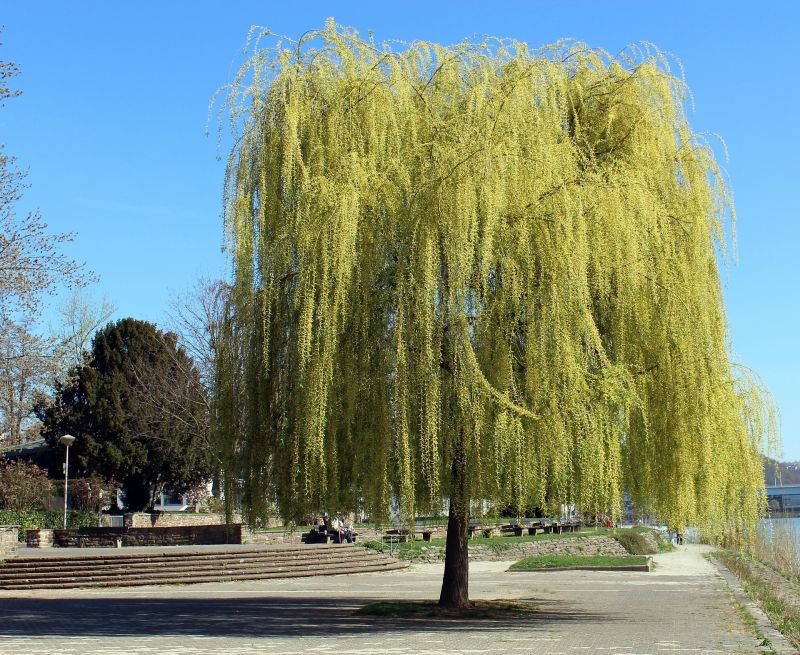MAIN CHARACTERISTICS
The weeping willow has a rounded cup and is made up of small twigs that go in buds. At the time of pruning, we find that we are facing a fairly thick and strong trunk that maintains a glass with great beauty and great grace. This tree is also deciduous and is between eight and twelve meters in height but in some cases stranger we can find them up to twenty-six which are undoubtedly the largest we will have.
WHAT ARE THEY USED FOR
Medicine and decoration
WHY ARE THEY IMPORTAN
It helps you with Against Fever, Rheumatism And Muscular Aches.
WHAT ARE THEY USED FOR
Medicine and decoration
WHY ARE THEY IMPORTAN
It helps you with Against Fever, Rheumatism And Muscular Aches.
ORIGIN
If we go through the historical scope of the word, we must say that weeping willow is believed to be originated in China.

Comentarios
Publicar un comentario